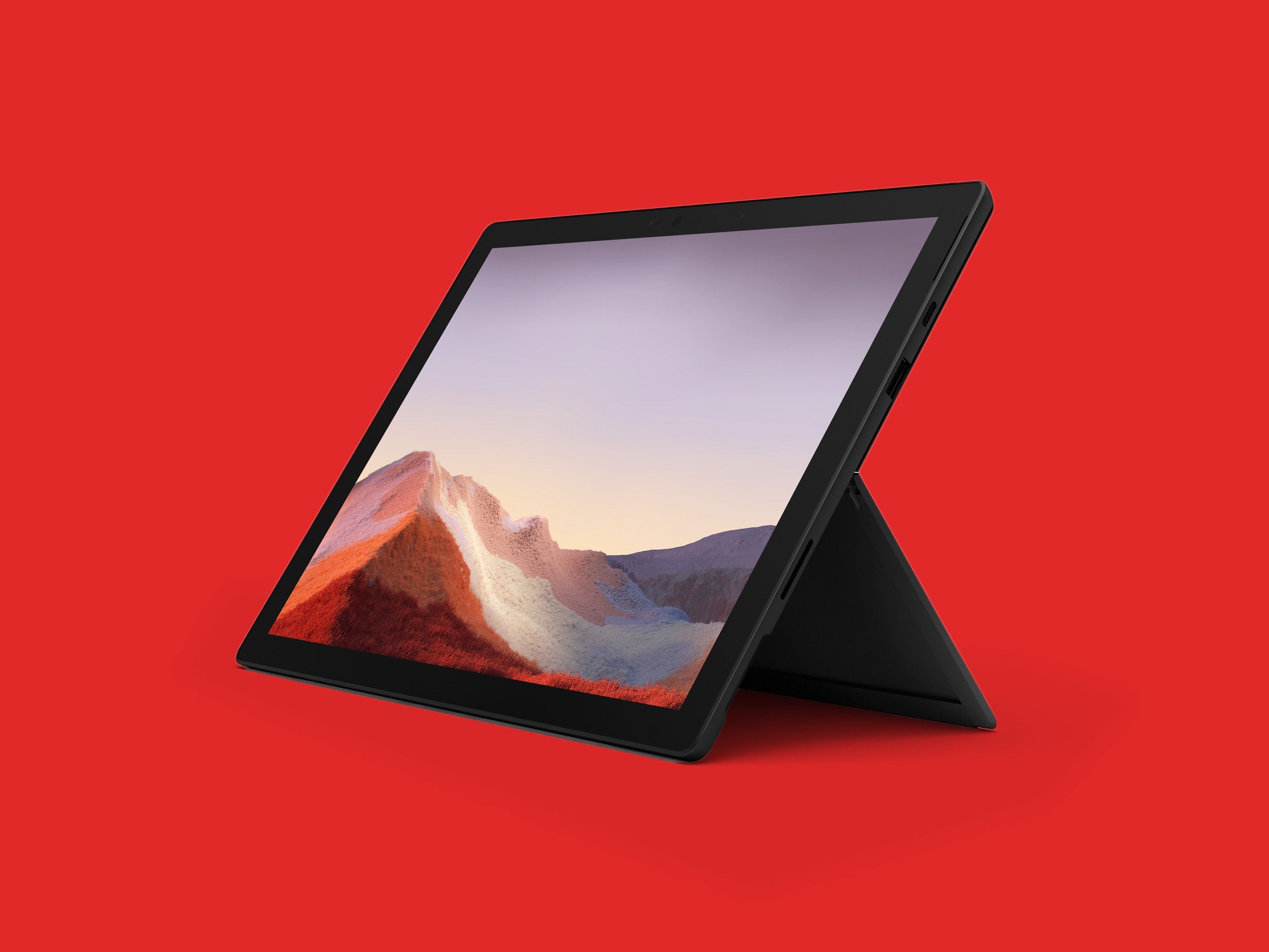Good news for fans of the Microsoft Surface Pro: The little tablet that could, now in its seventh edition, has reached that point of maturity and general success where no one wants to rock the boat for fear of screwing something up. What’s new? Almost nothing. If you don’t have a Surface Pro 6 to compare side by side against the new model, you probably won’t be able to tell that anything has changed at all.
For those unfamiliar, the Surface Pro is Microsoft’s flagship convertible tablet—a full-fledged Windows computer all jammed behind a 12.3-inch touchscreen. Priced to compete with high-end ultralight notebooks, it’s built for those who want ultimate portability. Of course, it’s a tablet before anything else: The active pen ($100) and keyboard ($160) are sold separately.
With the 2019 edition of the Surface Pro, there are a couple of updates under the hood, and by that I mean there are literally two things that are new. First is the expected update to the CPU spec. The version I reviewed in late 2018 carried a 1.6GHz Core i5-8520U, while the new model features a 1.1GHz Core i5-1035G4. These are configurable, of course, but they represent fairly common setups. The bump takes the Surface Pro from an eighth-generation Core CPU to a 10th-generation one—the upshot being that you get a modest improvement on general business and productivity applications (5 percent faster, in my tests) and a sizable improvement in graphics performance (50 percent or better on a variety of benchmarks). No, that doesn’t mean you’ll be streaming Battlefield V from your Surface, but the system is now at least competitive on some tests against alternatives that offer the Nvidia GeForce MX150, a low-level discrete graphics option.
Update number two is the long-overdue addition of a USB-C (albeit non-Thunderbolt 3) port to the device, though this comes at the expense of the mini-DisplayPort jack, which it replaces. In today’s environment, that’s a fair trade, but connectivity still remains fairly limited on the Surface Pro 7, which otherwise includes just one standard USB 3 jack and an SD card reader. The best news is that you can use the USB-C port to charge the device, so you don’t even have to take the magnetic, proprietary charger out of the box if you have any standard USB-C charger available.

